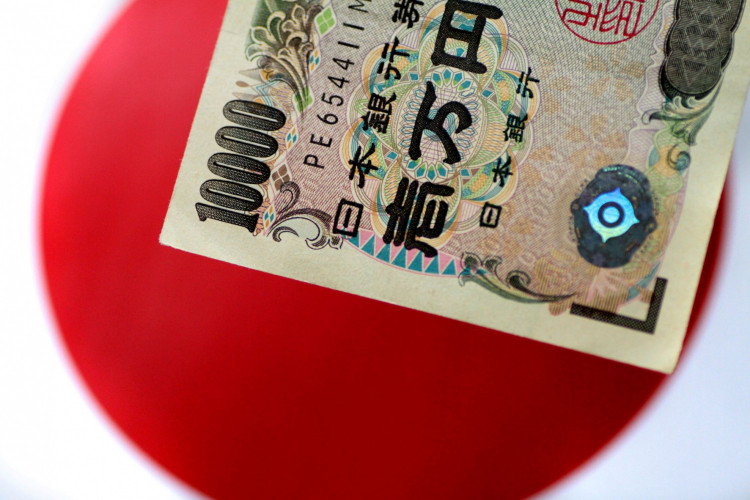The Japanese yen surged to a seven-month high against the U.S. dollar on Monday, triggered by a confluence of factors that have heightened fears of an economic downturn in the United States and spurred a global sell-off in equities and commodities. The yen, traditionally seen as a safe haven in times of market uncertainty, gained significant ground as investors unwound carry trades, exacerbated by weak U.S. economic data and escalating concerns over the Chinese economy.
The yen's ascent was marked by a peak strength of 3.4%, trading at 141.675 per dollar at one point, before settling at 142.41 yen per dollar, a 2.8% gain on the day. This rally represents the yen's strongest level since early January and underscores a significant shift in investor sentiment towards safer assets.
"We are seeing some safe haven demand for traditional currencies like the yen and Swiss franc, but it's also consistent with how FX carry trades have been unwinding at a very, very rapid pace," said Paul Mackel, global head of FX at HSBC. "This uncertainty is likely to be ongoing at least for the next few days."
The backdrop for this market volatility includes last week's weaker-than-expected U.S. jobs data and disappointing earnings reports from major technology firms, which have fueled speculation about the possibility of a recession in the U.S. These concerns were compounded by worries over China's economic health, leading to a broader sell-off in stocks, oil, and high-yielding currencies.
The dollar index, which measures the greenback against a basket of major currencies, fell by 0.6% to trade at 102.65, its lowest level in nearly five months. Meanwhile, U.S. Treasury yields continued their downward trajectory, reflecting growing expectations for rate cuts by the Federal Reserve. The yen's rise was further supported by the Bank of Japan's recent decision to raise interest rates by 15 basis points to 0.25%, its first hike since 2008.
The surge in the yen has had far-reaching implications, particularly for the carry trade strategy, where investors borrow in low-yielding currencies like the yen to invest in higher-yielding assets. The unwinding of these trades has put additional pressure on global markets, leading to sharp declines in U.S. equity prices and a fall in U.S. government bond yields.
"The risk of a wider regional war, while I still think is small, can't be ignored," said Tony Sycamore, a market analyst at IG in Sydney, referencing the geopolitical tensions in the Middle East that have added another layer of uncertainty to the global economic outlook.
The turmoil in global markets was also reflected in the performance of high-yielding currencies, with the Indian rupee and Mexican peso both experiencing significant declines. In contrast, other safe-haven currencies like the Swiss franc also saw gains, with the franc trading at a seven-month high against the dollar.
European stock markets mirrored the sell-off in the U.S., with major indexes like Germany's DAX, France's CAC 40, Britain's FTSE, and Spain's IBEX 35 all posting losses of more than 2%. Despite the recent sell-off, oil prices have underperformed relative to many major stock exchanges in 2024. Since the beginning of the year, the Nasdaq 100 has risen by 11%, and the FTSE by 3%, while Brent crude is down by 0.3%.
OPEC+ group of producers' decision to stick to its plan to phase out voluntary output cuts from October, leading to an anticipated increase in oil supplies later this year, has also weighed on oil prices. However, geopolitical risks in the Middle East, particularly the ongoing conflict in Gaza and the potential for further escalation involving Iran and its allies, have provided some support to oil prices.
The Federal Reserve's recent stance on interest rates, coupled with the weak U.S. economic data, has deepened expectations for rate cuts. This sentiment was echoed by Kit Juckes, head of FX Strategy at Societe Generale, who noted, "This is a position unwind, and since the National Assembly election was called in France, no one's been long euros. The euro will be capped by rate and growth expectations but probably range-bound as a result."






